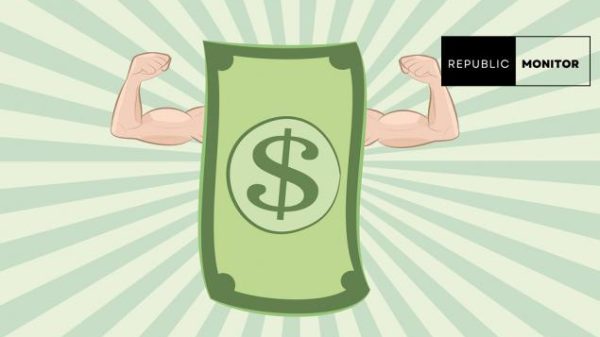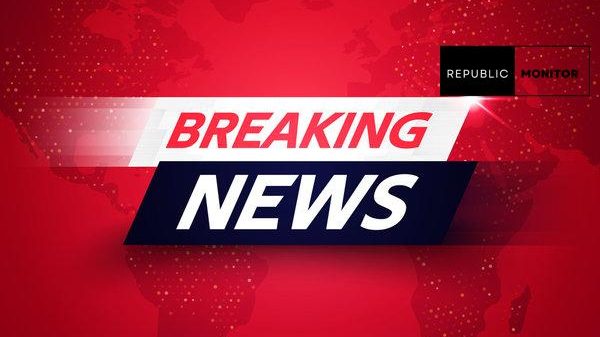As the new year approaches, Montana’s Supplemental Nutrition Assistance Program (SNAP) is gearing up to distribute January payments, providing crucial economic assistance to eligible households. The monthly payments, ranging up to $1,751, will be dispersed over a five-day period starting on January 2 and ending on January 6, with the specific date dependent on recipients’ SNAP case details.

“Montana SNAP Benefits: January Payments Up to $1,751 Set to Begin in 21 Days”
Montana’s SNAP program, which operates under the framework of the 1964 Food Stamp Act, serves as a key component of President Lyndon B. Johnson’s Great Society programs. Its primary objective is to enhance the nutritional well-being of economically disadvantaged individuals and families by subsidizing their food expenses.
The amount of SNAP benefits a household receives is determined by its size. Single-person households can expect a monthly payment of $291, while larger households with eight members may receive up to $1,751. For households exceeding eight members, an additional $219 is added for each extra person. These payments play a crucial role in helping individuals and families access nutritious food and alleviate financial strain.
To qualify for SNAP payments in Montana, there are income criteria in place. Single-person households must have a net monthly income below $1,215, while eight-person households must maintain a net monthly income under $4,214. These criteria are designed to target assistance to those most in need, ensuring that vulnerable individuals and families receive the support required to meet their basic nutritional needs.
SNAP benefits are not limited to traditional grocery stores; they can also be utilized at participating locations such as farmers’ markets, promoting access to fresh and locally sourced produce. The funds are automatically loaded onto an Electronic Benefits Transfer (EBT) card each month, streamlining the process for recipients.
In the broader economic context, the announcement comes amid efforts to address concerns related to inflation. The fact that SNAP payments remain a stable source of support for families, despite economic fluctuations, underscores the resilience of social welfare programs in providing essential assistance during challenging times.
As the January payments approach, they represent a lifeline for many Montana residents facing economic hardships. The SNAP program continues to be a vital tool in the nation’s social safety net, embodying the commitment to ensuring that no one goes hungry and that vulnerable populations receive the support they need to lead healthier, more stable lives.
















